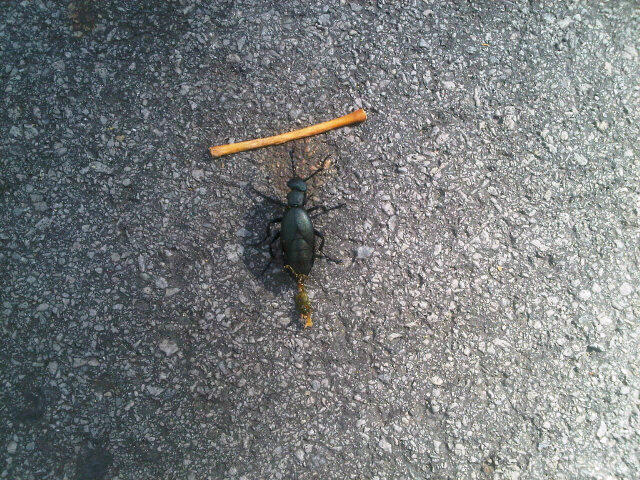We don't really think of the internet as polluting and being bad for the environment, but everything has a cost to it.
The other day I was wondering what the
impact of simply doing a Google Search was, so I did a Google search to find out! Of course, it has a cost attached to it, but at first glance may not seem like anything worth counting.
Alex Wissner-Gross, a US physicist, who is also a Harvard academic, created this studied where he analyzed the impact of each search. He isn't directly from Google so these are data backed estimates at best, and Google has switched to renewable energy sources. Just the other week
they announced a new $75M investment in a Iowa wind farm, bringing their total wind investment to about $990M.
With this investment, Google has brought its total committed investment into green energy projects to just over $990 million. The company’s other wind energy investments include a $157 million investment in a Southern California wind energy farm and a $100 million investment into a wind farm in Oregon that is anticipated to be the world’s largest at 845 MW. Google’s first wind energy investment was worth $38.8 million and involved two North Dakota wind farms. Besides the wind farms themselves, Google also owns a 37.5 percent stake in the Atlantic Wind Connection backbone, a project that aims to build transmission lines for green energy along the mid-Atlantic coast.
So the real numbers may vary, but they are a very close estimate.
What is the CO2 impact of each search? 0.02g of carbon dioxide per search. Nothing really, but when you consider that 200M+ searches are done daily, this numbers starts to be really big.
Nothing to make you stop doing Google searches, the servers will continue to run and consume power whether you as an individual search or not. Plus if anyone wants to save power and be green it is Google. Their entire business is built off running servers (YouTube, Blogger, Gmail), so as you can imagine they spend $100M+s every year in power costs. That is one reason why they're trying to cut costs and create their own renewable energy sources.









